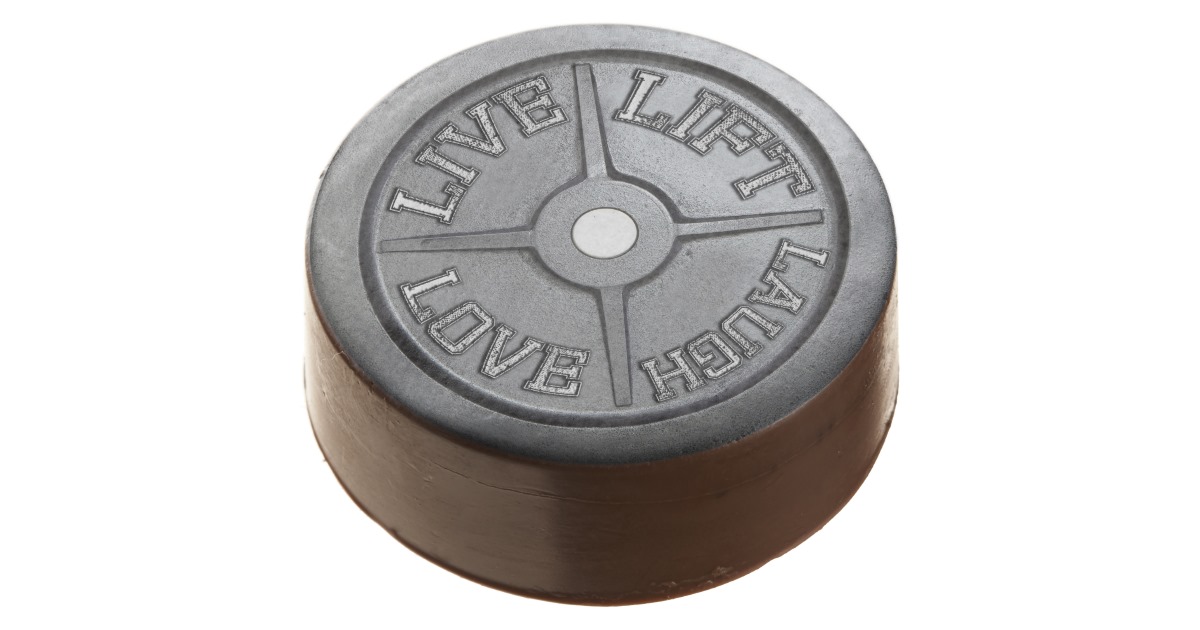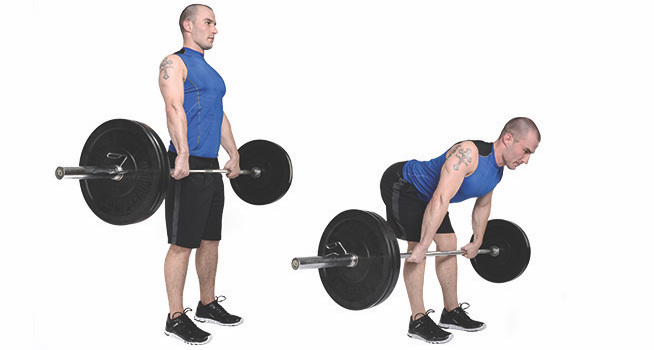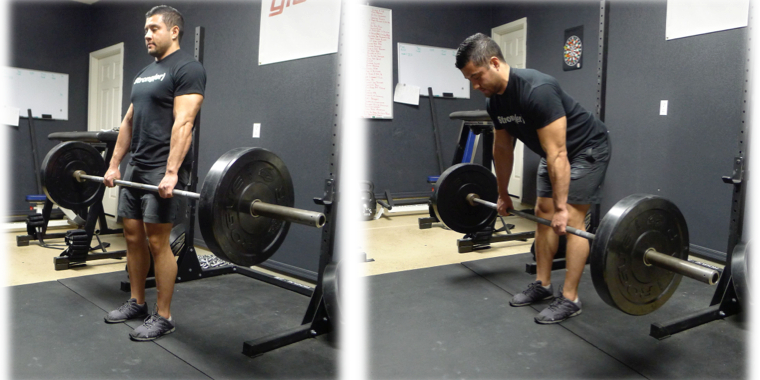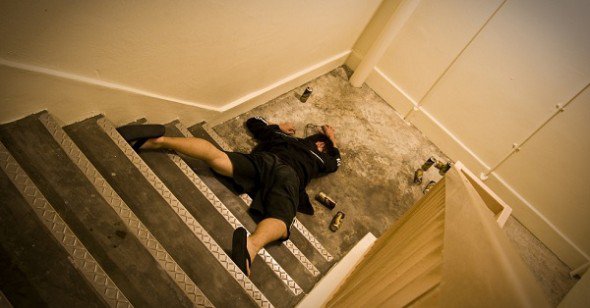Setting the Record Straight: Six Deadlifts You Should Do
FitnessLifestyle April 1, 2023 Damon Mitchell

It’s no secret. I love deadlifting like I love chocolate. My dream deadlifting set would be drop-sets, with plates made of chocolate. I would eat the plates between sets as I dropped the weight.
That’s possibly the silliest idea I’ve ever had.
Back in the real world, we deadlift iron. It’s the ideal exercise for anyone, male or female, young or aging. In deadlifting you utilize all the real world muscles for lifting real world objects. The bench press is fine, squats are fine, but deadlifting is functional training at its purest.
The question that comes up most often with deadlifting is which is the correct style for me? My answer is the same as Schwarzenegger’s answer when asked how much protein does he eat?
All of ’em.
You will have to find the version that works best for your goals, but all these offer something. We’re going to go through a quick rundown on what separates them, defining why you might choose one over the rest for a given workout.
Quick note: We will not cover the flexed spine deadlift. It’s an old lift, rarely done anymore. I can’t see any value. Generally speaking, your spine will always stay in a supported (by your core) neutral position, from pelvis to cranium. Your pelvis will neither tuck nor tilt, except in one example below.
Romanian
A Romanian deadlift will look, in most cases, the same as a stiff legged deadlift. It is defined by the way it varies from American deadlift.
If it helps, you could think of Romanian versus American as main categories, with straight, stiff, bent and as subcategories. Sumo is a whole ‘nother category entirely. I’ll explain later.
My preference between the two is the Romanian version as it retains the neutral spine position throughout. There may be a benefit to some lifters to compromise this, but I will address that in the American lift.
The foot stance for the Romanian is toes forward, feet about hip width apart. It’s tighter than a squat.
You can start from the ground or the rack. Your knees will be slightly bent. The bar will travel close to the shins.
How deep you can go before your spine wants to flex dictates range of motion. Remember, we don’t do that.
American
The stance for the American is the same as the Romanian. The starting points and range are too.
What differentiates the American from the Romanian is the top of the lift. There, the lifter will glute-activate to the point his pelvic tucks under. Think of a dog tucking his tail.
Also, there will be some upper back rounding, but the thoracic spine remains stable.
For lifters who are struggling to glue activate, this may be a way to breakthrough the neurological limitations of their body. Because of the spinal flexing, even against lighter loads, I would rather you use a Sumo stance for your deadlift.
Again, we’ll come back to that.
Straight Leg
Just like it sounds, the straight legged deadlift means keeping your legs straight. Think stovepipe straight.
This will force the bar to travel away from your body. It will also limit your range of motion.
You’ll feel these more in your hamstrings the next day, but your glutes should still be pulling you back up. It’s the deep stretch on the hams that gets ya.
The double duty on your hammies is a range of motion increase and strength.
Stiff Leg
Often confused with the straight legged lift, the stiff version just means that you don’t move your knees much. Think of this as a high hip deadlift.
Same stance as the Romanian, with a slight bend in your knees, you will find you have more range of motion than the straight legged version. You’ll also find your hamstrings get less of a stretch.
I find these easier to do than the straight legged version, even though the range of motion is bigger.
Bent Knee
It is debatable whether or not this is a deadlift. Whereas in the stiff legged version you have some bend, but it doesn’t change much, in the bent leg deadlift the lifter will vary the degrees of bend from the top to the bottom of the lift.
Essentially, this looks more like a squat, less like a deadlift. The obvious difference is, the weight is hanging from your shoulders, not perched on your shoulders or chest.
While this may not be a true deadlift, if you can coordinate the moving parts without compromising your spine, this is the easiest way to pick up real-life objects.
Sumo
With the sumo style stance, we depart from the hip width stance of the prior five.
In this version, you will turn your feet out, planting them just past your shoulder width. There should be about 90 degrees of separation in their respective angles.
In this version, your knees will bend. You don’t want them to bend over your toes too much, although a little isn’t the end of the world so long as they don’t cave into the centerline.
To be sure, do a test before grabbing the bar. You can lift from the ground or the rack, but keep the bar close to your shins. You should be able to get the full range to the floor. Your glutes will do most of the work.
Six versions, with some overlap, but there you have it. Consider your goals and your body’s overall limitations.
The goal of the lift is to pull weight off the earth, but the goal for your body is to do it with your glutes. If they aren’t firing maximally, something is going wrong.
You’ll be fine with lighter loads, but as you try to lift heavier loads this could become problematic if you don’t address it. Drop the weight until you can identify and straighten things out.
Final confession: My current deadlifting library is lifted (get it??) from three coaches: Brett Contreras, Tony Gentilcore, and Kelly Starrett. Follow all three.







